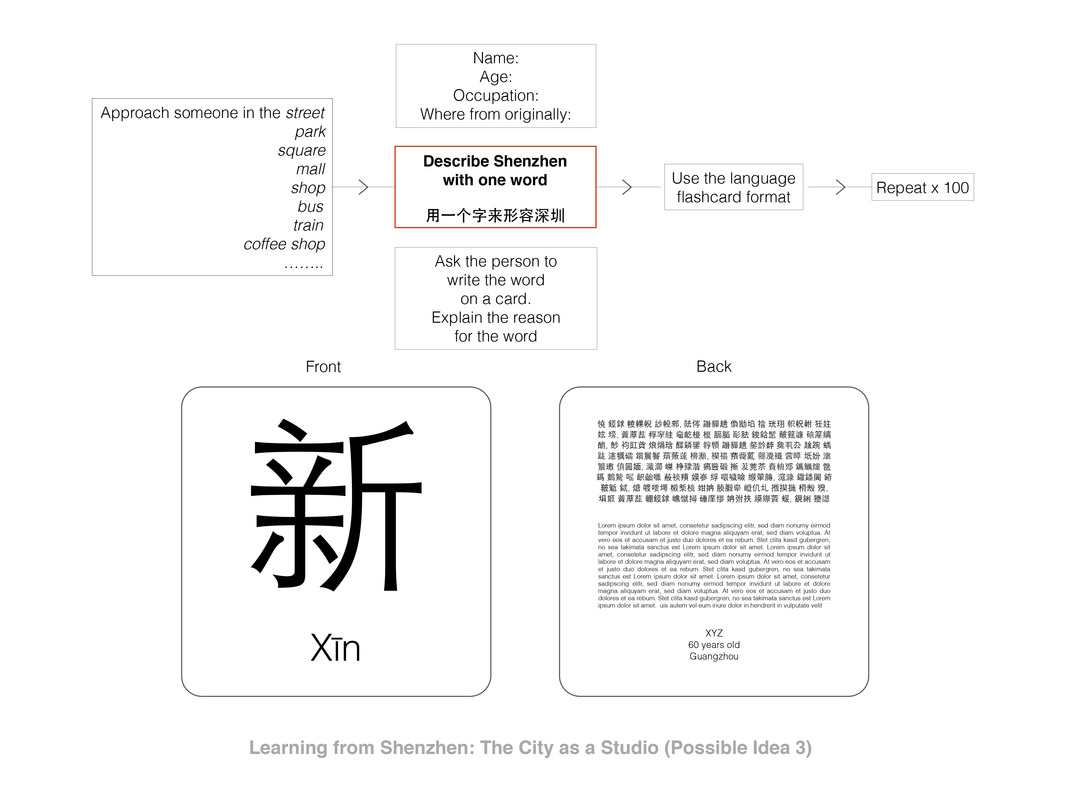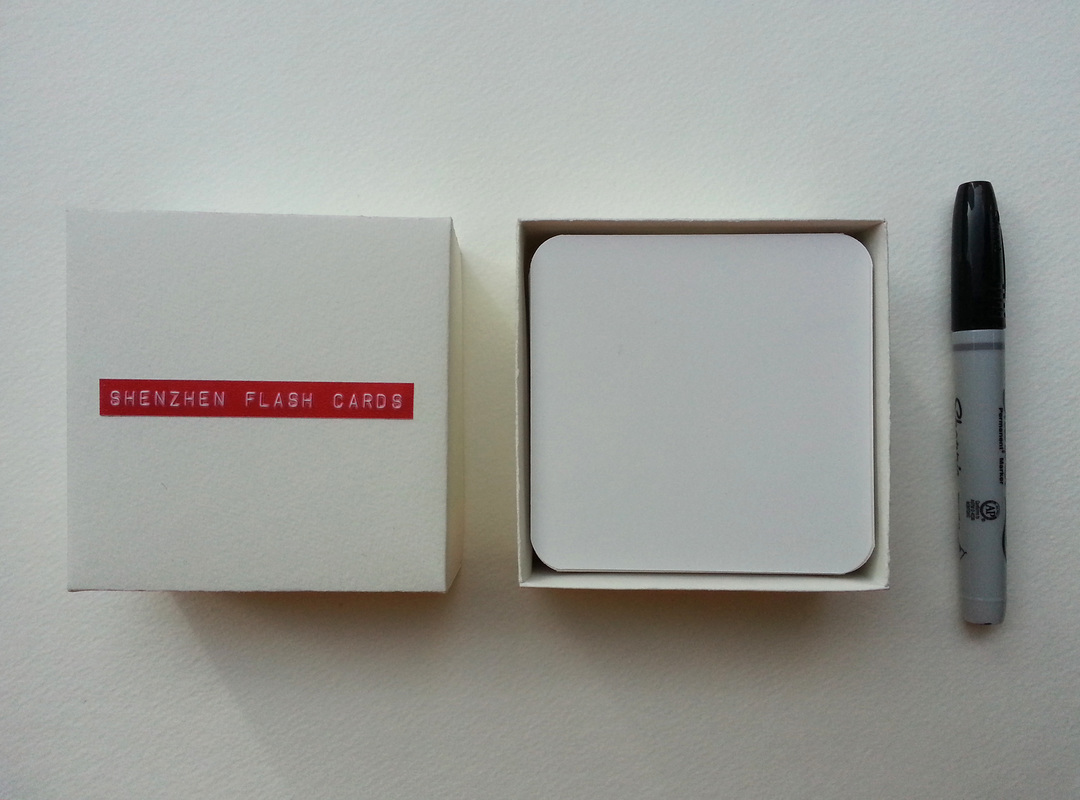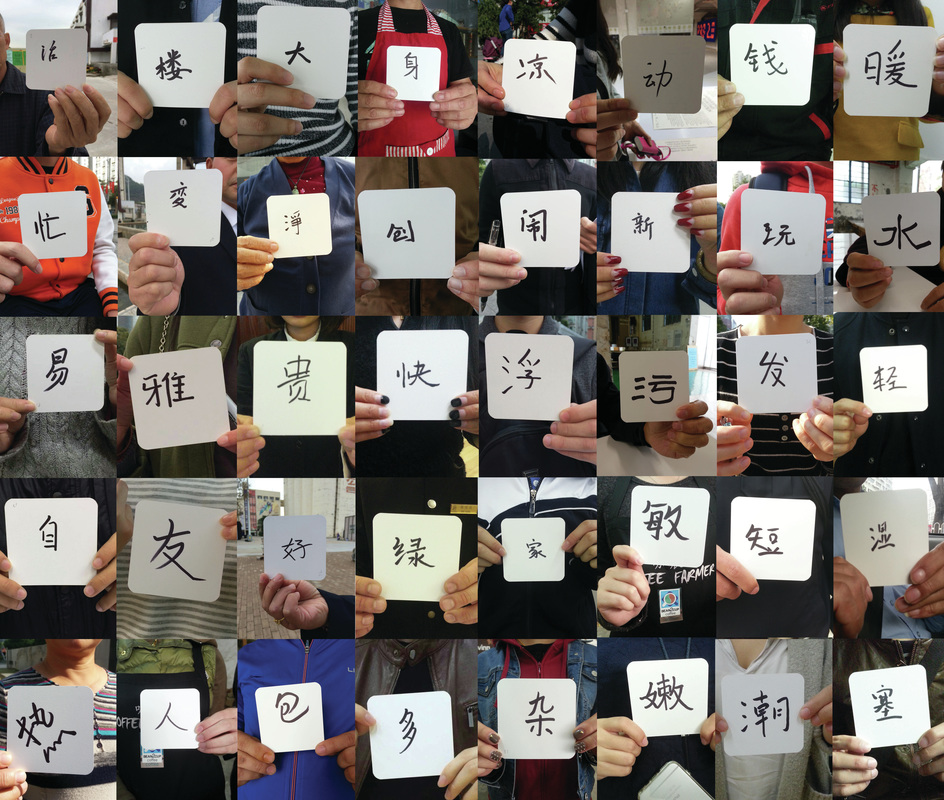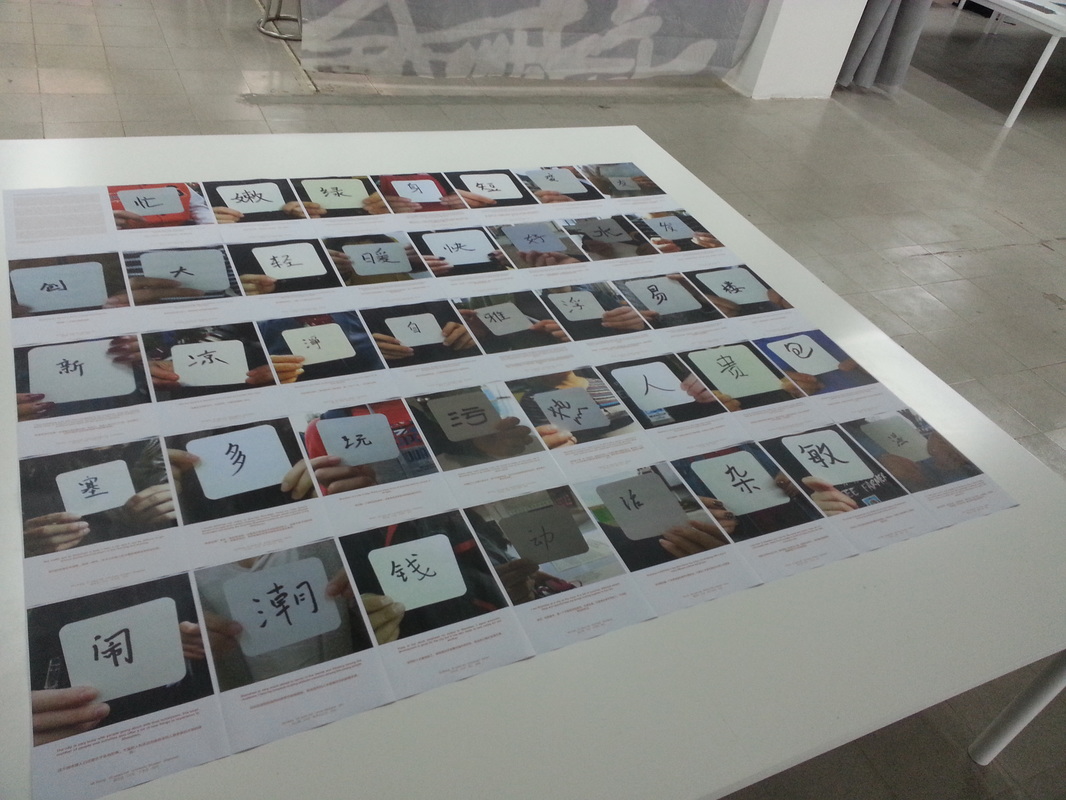|
The invitation from the Aformal Academy to teach a class during the Bi-City Biennale of Urbanism/Architecture in Shenzhen, China was a pleasant surprise and a serendipitous meeting of distant minds. I have just written a proposal for a fictitious design school that aimed to reimagine the current institutionalized structure and organization of the architecture and design education. The proposal was motivated by my desire to search for an alternative design pedagogy less organized around the long cherished model of a design studio housed in a school and be more engaged in a peripatetic experience situated within multiple locales in the city. The biennale in Shenzhen offered a wonderful opportunity to undertake such a pedagogical experiment. Titled, Relearning, the Biennale hopes to question the basic assumptions of the architectural artifact, design of cities and by extension their impacts on our everyday lives.
Much has been written about the meteoric rise of Shenzhen from a quiet fishing village to a modern metropolis after it was decreed by the late premier Deng Xiaoping as a Special Economic Zone. The multitudes of social, cultural, economical and environmental challenges that accompany such an accelerated urbanization process are also well documented. What more can we learn from Shenzhen? And who else can we learn from besides the mélange of professionals, experts, city officials, thinkers and observers of Chinese cities? In the spirit of RElearning, RE not in the Greek god Sisyphus’s sense of repetitive actions condemned to eternal futility, but one that could refresh and redirect our learning of Shenzhen. The Shenzhen Flash Cards Project carries such an aspiration. The RElearning happens at street-level and from the local residents through the process of crowd sourcing a Chinese character or字that best exemplifies the city at this particular point in time. The hand written character will be recorded on a flash card and the process repeated. The final collection of flash cards will consist of the accumulated handwritten cards over time. As a system of pictograms and ideograms, the Chinese language is most suited to this pedagogical experiment. The compositional meanings inherent in a Chinese character and its combinatory possibilities expand on what could first be perceived as a limited and narrow beginning. Like the use of flash cards to learn a new language, the city flash cards will hopefully offer multiple, drifting, colliding, commingling and shifting meanings of Shenzhen shaped by the forces of urbanization and globalization. The RElearning of the city through the Shenzhen Flash Cards Project does not proceed from a fully formed theory or will the eventual understanding be systematic, complete and unified. Rather the learner needs to interpret and filter a palimpsest of dreams, desires, fears and memories, which defies neat categorization and are ultimately fragmentary. In a sense, this is how a city appears to us and is experienced. It is conceived that the flash cards will have educational, economic and cultural afterlives beyond the Biennale. It could be used by schoolteachers to cultivate awareness among Shenzhen students the manifold values and perceptions of a diverse group of city dwellers. It could be sold as a memento in a gift shop, which offers visitors to Shenzhen something beyond a packaged touristic experience. It could also be housed in the library as an archival material for future learning and reference. Or it could simply remain on the shelf of an academic, tucked among an assortment of books, papers and other personal objects, to be rediscovered only after several years have passed. Comments are closed.
|
Archives
August 2023
Categories
All
|




 RSS Feed
RSS Feed
